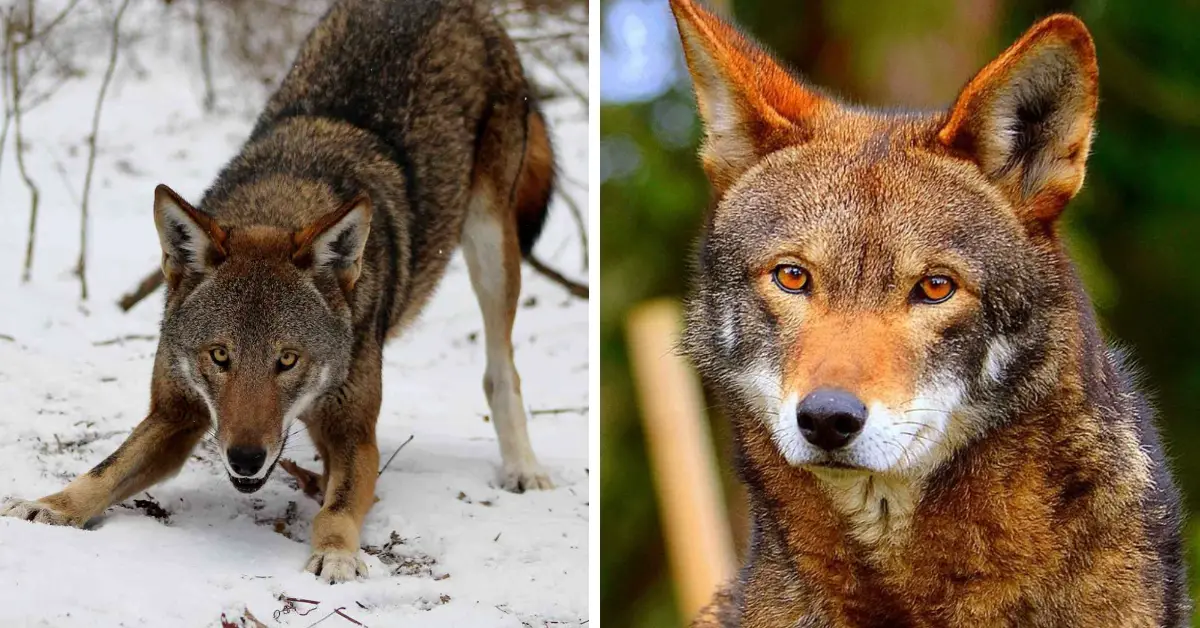The red wolf is one of the most endangered carnivores on Earth. It is estimated that there are less than ten individuals left in the wild, and all live in the same place, North Carolina. Nonetheless in danger of extinction, these majestic creatures have once been declared extinct in the wild, in 1980.
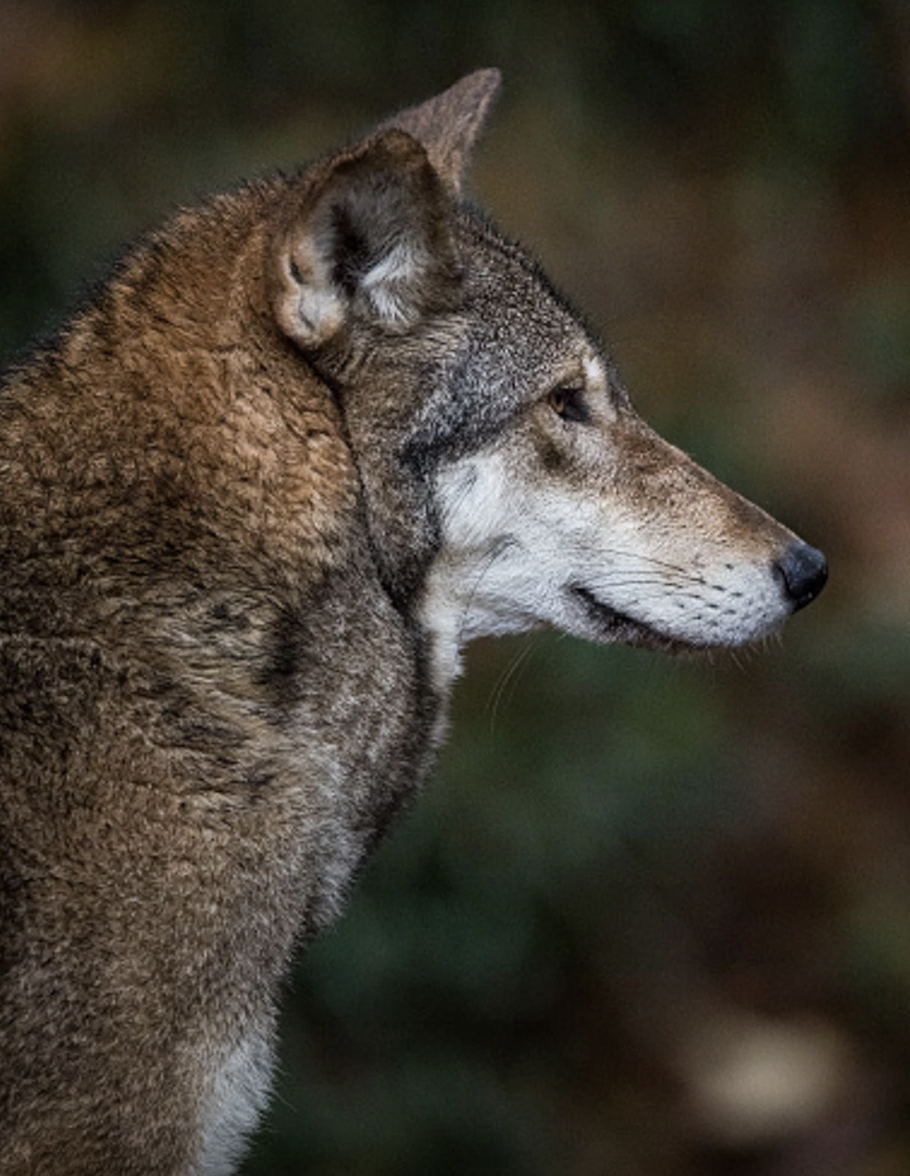
Unfortunately, the red wolves doesn’t just share similarities with their grey wolves cousins, but they also shared the very same cruel fate. Once spread all over the Southeast, these animals suffered a terrible decline, mostly due to human hand. Back in 1980, the last surviving red wolves have been captured and introduced to a breeding programme meant to their population to thrive once again. It proved to be an extremely successful plan.
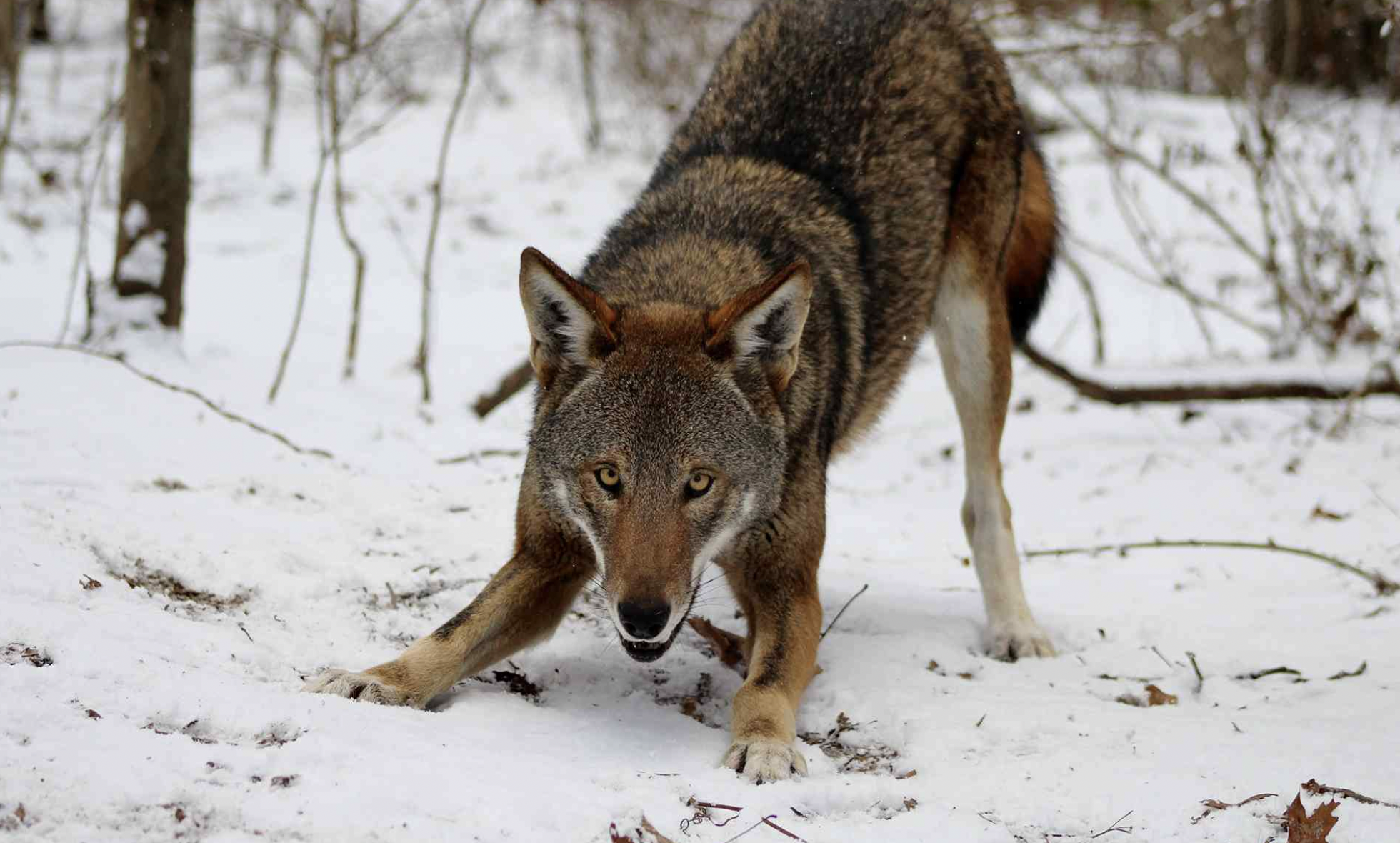
Seven years later, eight red wolves – four males and four females – were released back in the North Carolina’s wilderness. Since then, till 2006, their population thrived reaching over 130 individuals. But yet again, the drastically declined!
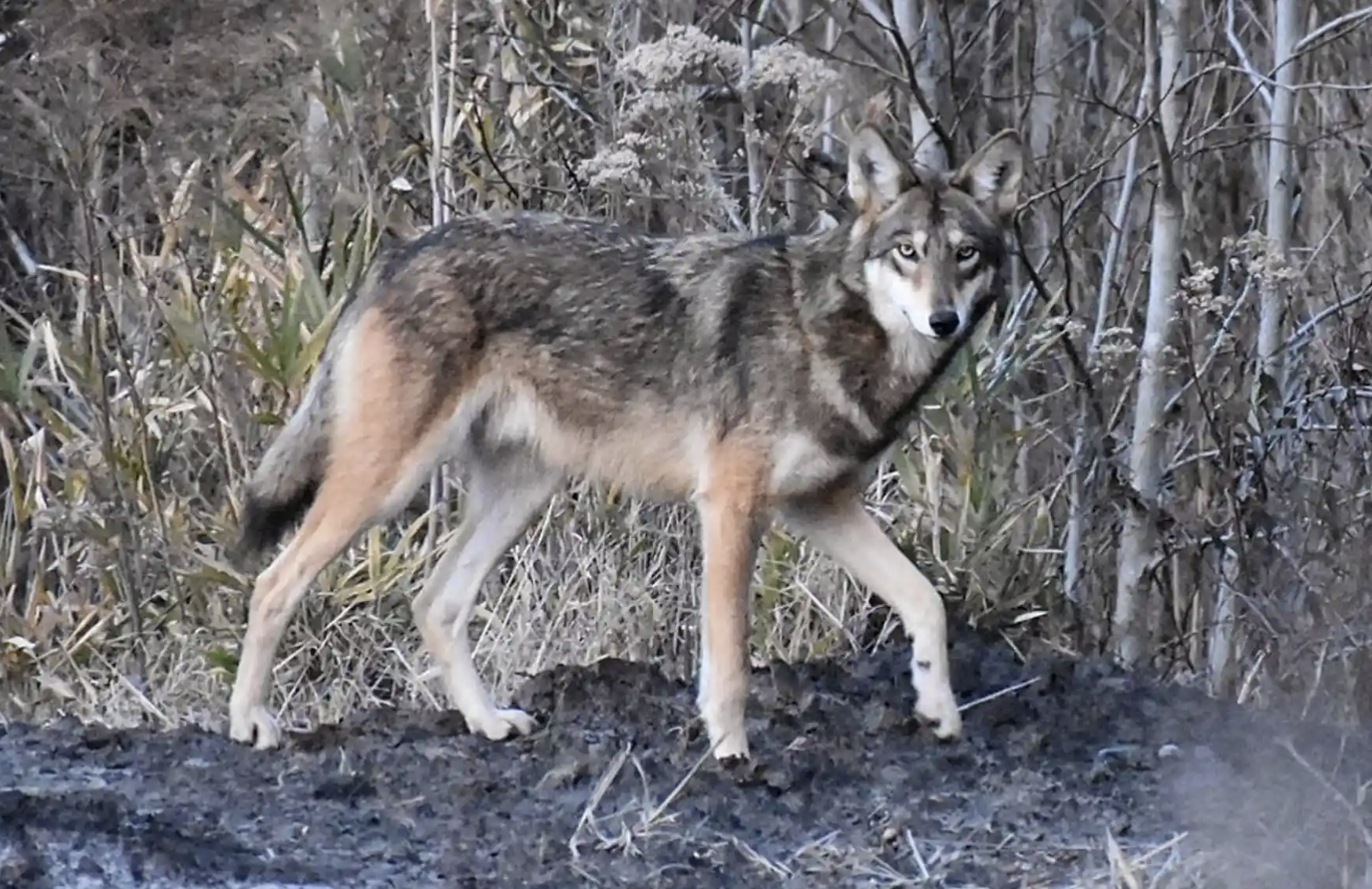
“The red wolf programme has almost entirely crumbled since I’ve been working here,” Heather Clarkson from the Defenders of Wildlife, told THE GUARDIAN. “It took nearly 20 years to get the programme to a strong place, that’s the really sad part, because now it’s crashed.”
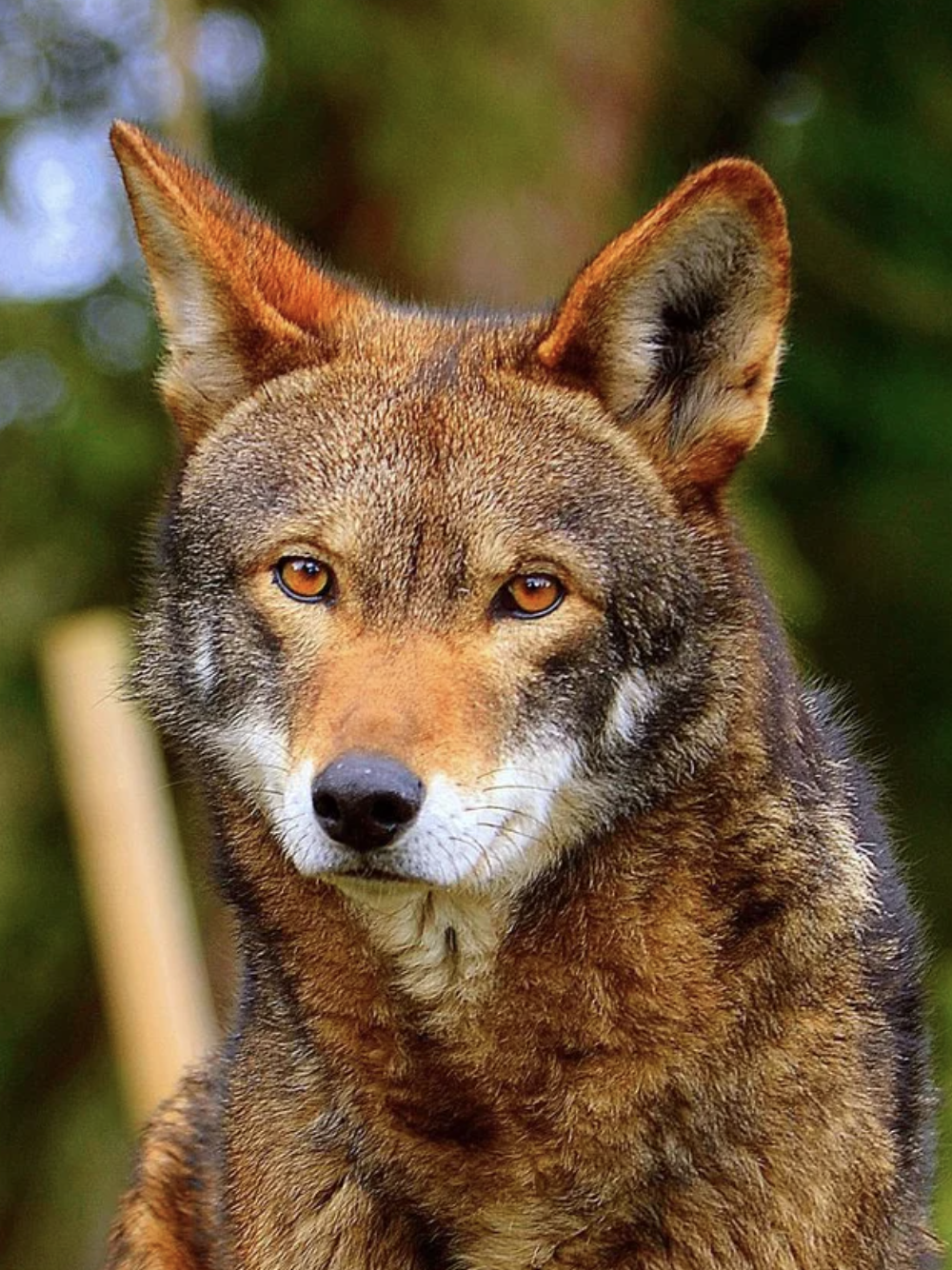
Now, the International Union for Conservation of Nature classifies the species as critically endangered with 8-10 red wolves left in existence. But even so, there is still hope that these beautiful creatures can be – once again – saved from the brink of extinction.
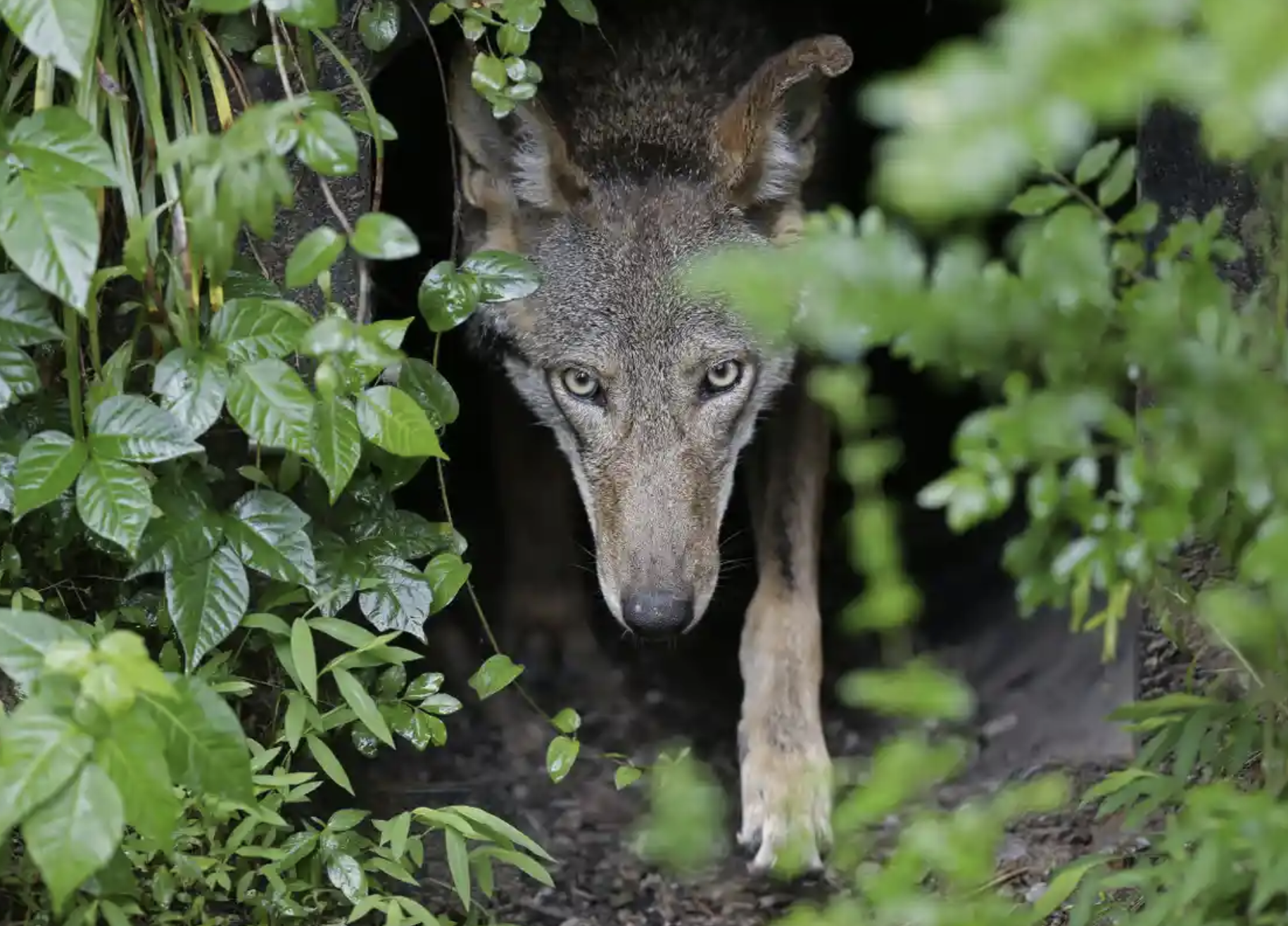
“Our goal is to work together to establish an implementation plan,” John Tirpak from the Fish and Wildlife Service told NATIONAL GEOGRAPHIC. “We really need to reach jointly established recovery goals for the red wolf.”
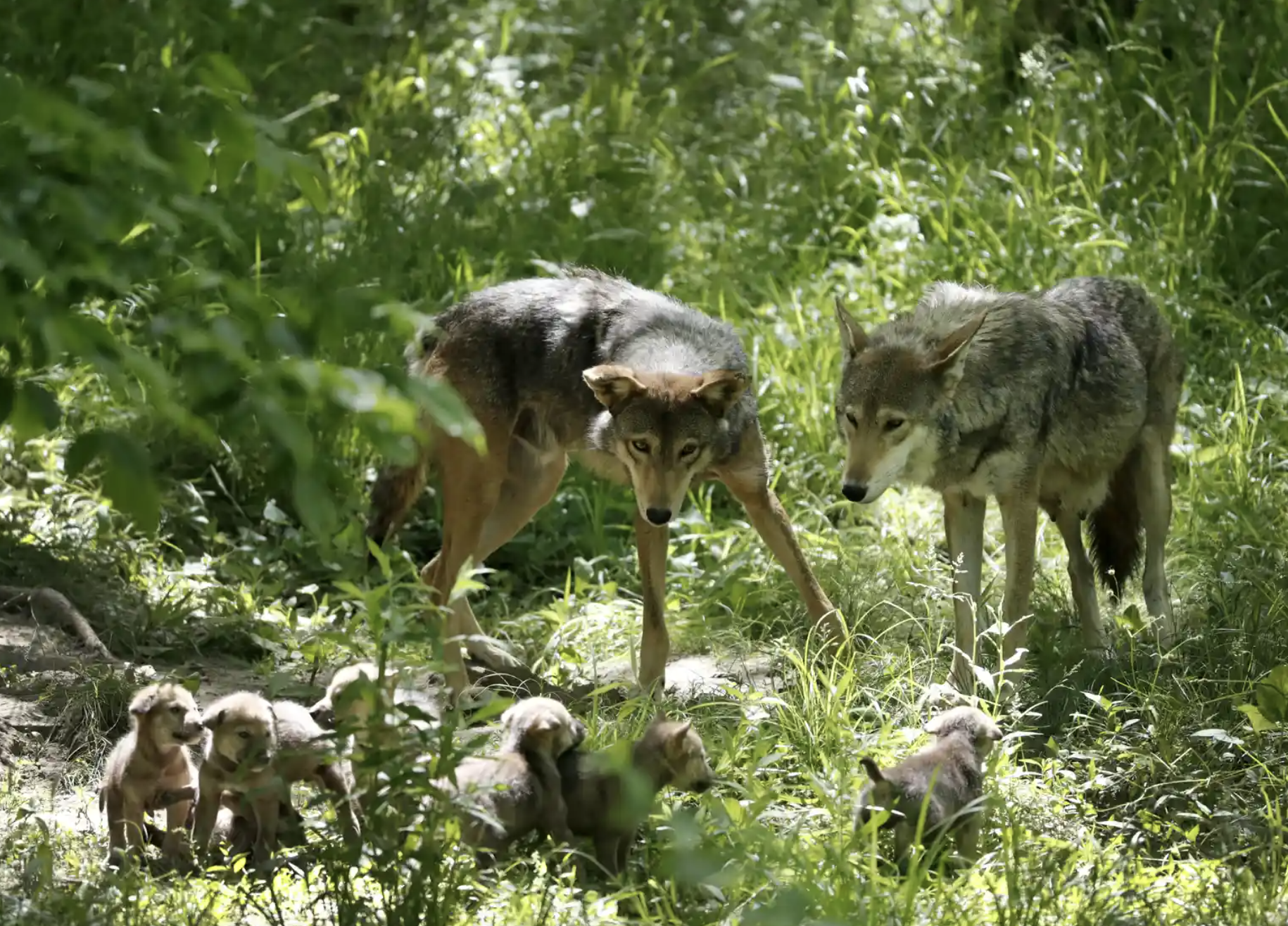
Image credits AP
As announced, the Fish and Wildlife Service, is making great efforts to not only save the red wolves, but also help them thrive, in the wild. Here’s their recovery program!
(h.t: biologicaldiversity)

